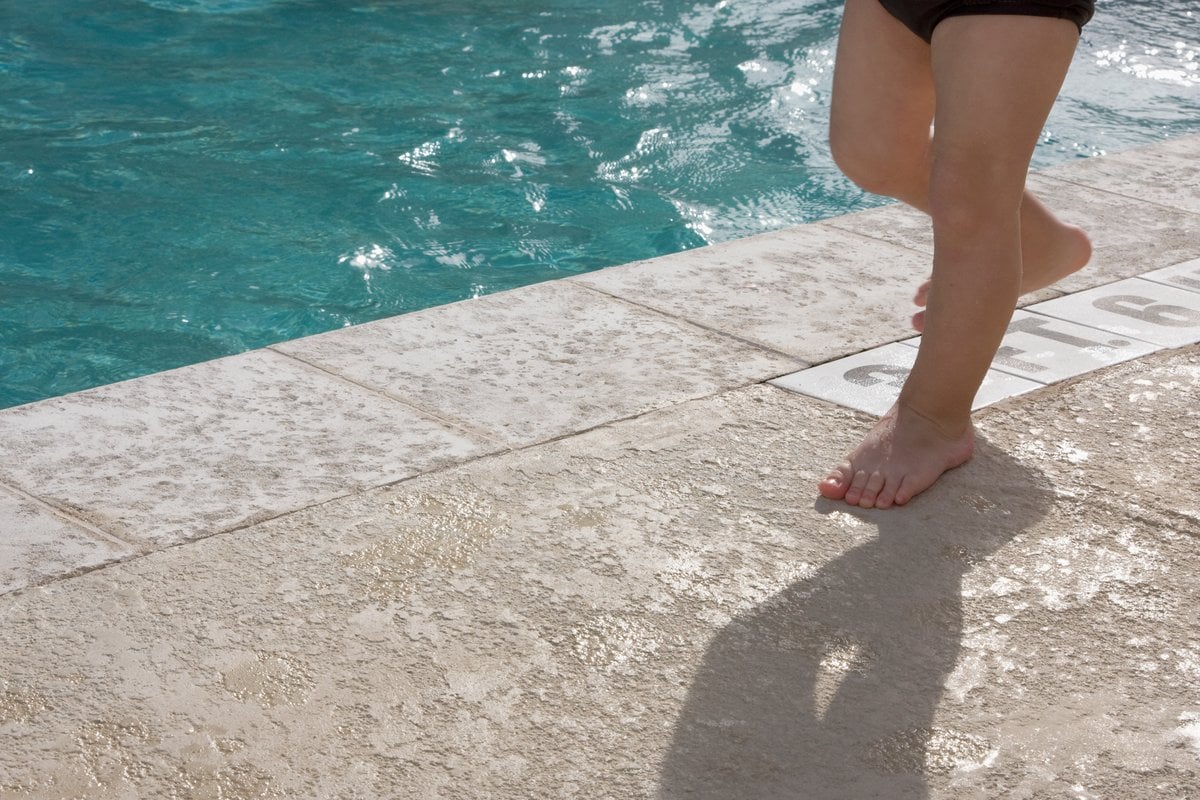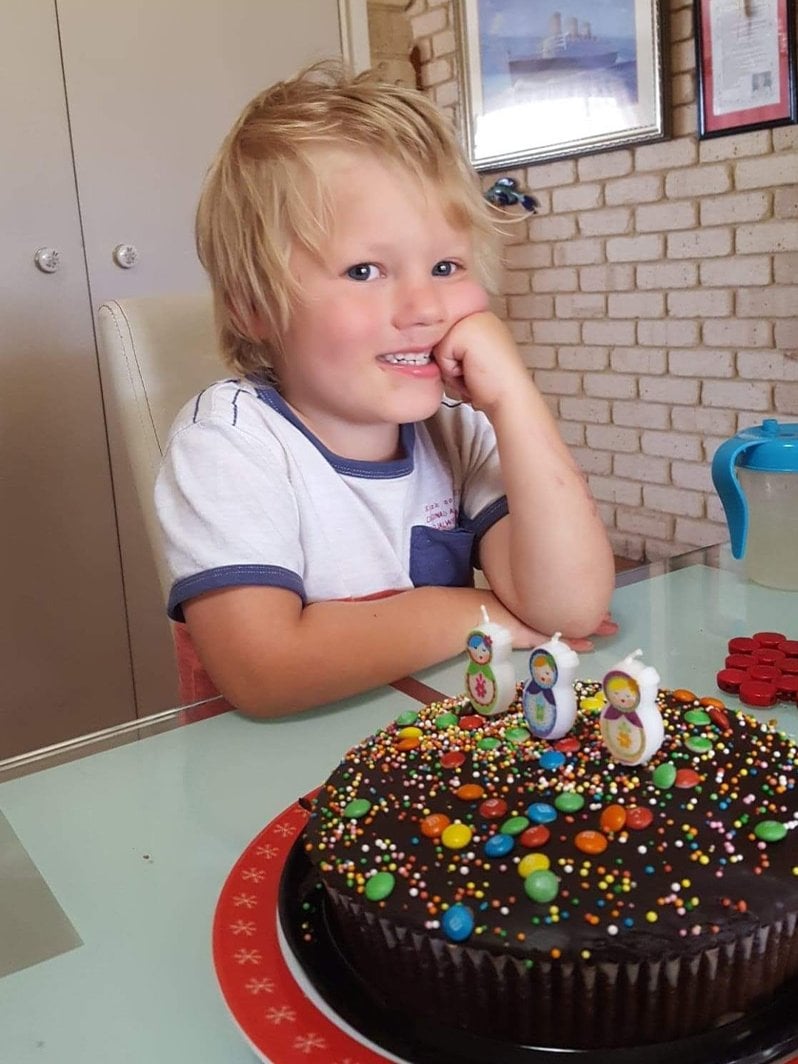

Trigger warning: This post deals with the death of a child and may distress some readers.
As the weather warms up, so does our desire to be in and around the water.
We are so lucky in Australia with our beautiful balmy weather and opportunities to enjoy the water, whether it be swimming pools or backyard paddle pools, rivers, dams, lakes and of course, beaches.
With all the enjoyment of these spaces during summer, there also comes an element of caution. What most people don't know is that drowning is the leading cause of accidental death in children aged five and under.
It's a life-changing fact that mum Kylie Parker knows all too well.
Kylie was having a typical summer day with her three children at home. Her seven and eight year old girls went for a swim in their backyard pool and on their way from the pool area, a toy became wedged in the gate, stopping it from closing properly.
Meanwhile, Kylie’s three-year-old son Jake was playing with the cat inside, nowhere near the pool. When Kylie needed to go to the toilet, she assumed nothing could go wrong in 30 seconds.
When she came back from the toilet, she couldn’t find Jake anywhere.
"I ran to the back door and to the pool, then I saw him face down in the water. My brain had not quite registered what was going on, but I remember diving in the water and pulling him to the surface expecting him to breathe straight away," Kylie recounts her story to Royal Life Saving Australia.





























































































